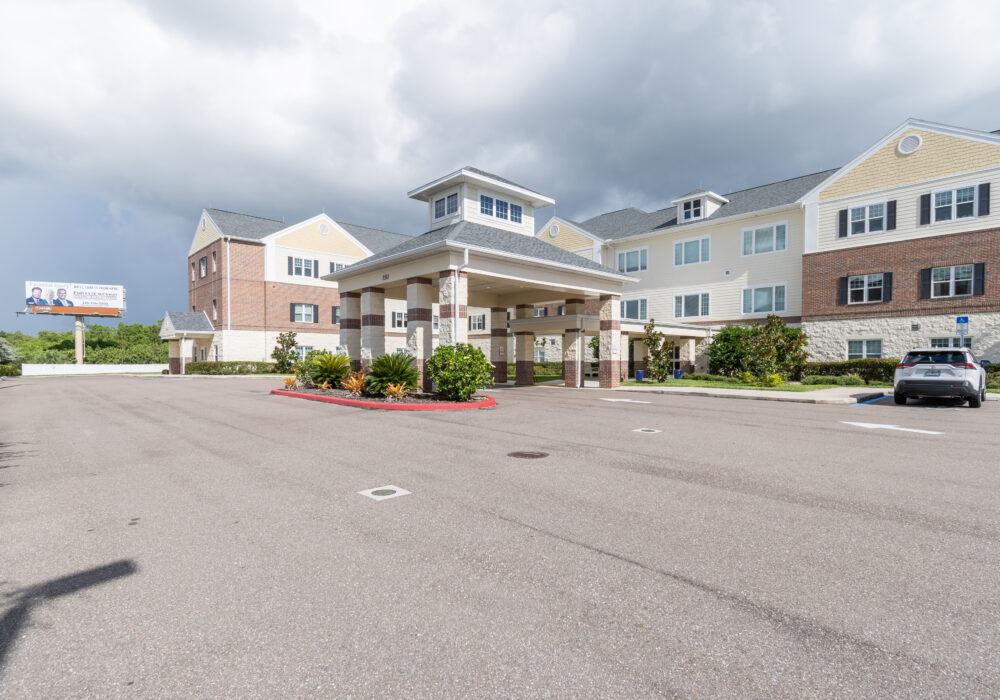
Adults account for nearly 95% of all diagnosed cases of type 2 diabetes, often called adult-onset diabetes. According to The American Diabetes Association, there are 25.8 million Americans living with the disease and an estimated 7 million more people who have the disease but are undiagnosed. And, as of 2010, 10.9 million Americans over the age of 65 were living with type 2 diabetes.
Learn more about type 2 diabetes, its symptoms and risk factors, the consequences of leaving it untreated, and how to treat and prevent the disease in your senior loved ones.
What is Type 2 Diabetes?
Type 2 diabetes is the most common form of diabetes and occurs when the body does not use insulin properly, creating insulin resistance. In the short term, the pancreas will produce extra insulin but eventually becomes unable to keep up with the increased insulin production. Over time, it becomes difficult for the body to keep blood glucose levels normal and cells become starved of energy.
Symptoms of Type 2 Diabetes
- Increased thirst
- Increased hunger, especially after eating
- Dry mouth
- Frequent urge to urinate
- Unexplained weight loss or weight gain
- Fatigue or exhaustion
- Blurry vision
- Headaches
- Loss of consciousness
- Slow-healing cuts or sores
- Itchy skin around the groin area
- Increased yeast infections
- Dark skin changes on the neck, armpit, and groin
- Numbness or tingling in the hands or feet
- Impotency
Type 2 Diabetes Risk Factors
- High blood pressure
- High blood fat levels
- Gestational diabetes or giving birth to a baby more than 9 pounds
- High-fat and high-carbohydrate diet
- High alcohol intake
- Sedentary lifestyle, or lack of physical activity
- Obesity
- Being overweight
Additionally, certain ethnic groups are at a higher risk for developing type 2 diabetes including African Americans, Latinos, Native Americans, Pacific Islanders. Age is another known risk factor with the risk of developing type 2 diabetes increases significantly after the age of 45 and even more so after the age of 65.
Experience Leisure Care Senior Living

The Landing of North Haven
Independent Living, Assisted Living, and Memory Care in North Haven, Connecticut
The Effects of Type 2 Diabetes on Senior Health
Type 2 diabetes is usually not diagnosed until other health complications become evident. Usually, there are no diabetes symptoms or a very gradual development of symptoms. It is estimated that nearly 25% of people living with type 2 diabetes do not know they have it.
If left untreated, the effects of type 2 diabetes on senior health can be catastrophic. The National Diabetes Information Clearinghouse reports that type 2 diabetes is the leading cause of kidney failure, blindness, and lower limb amputations in the U.S. It is a leading cause of stroke, heart disease, and is the seventh leading cause of death in U.S. Additionally, recent studies have shown that having type 2 diabetes may put a senior at an increased risk for developing Alzheimer’s disease or a related form of dementia.
10 Tips for Preventing Type 2 Diabetes in Seniors
As with most chronic diseases, the best form of treatment is prevention. Making positive and healthy lifestyle choices is the best way to prevent the development of type 2 diabetes. These 10 tips can help reduce the risk of developing the disease.
- See your doctor to evaluate your risk level for the disease.
- Maintain a healthy weight.
- Get at least 30 minutes of physical activity 5 times per week.
- Eat a healthy, well-balanced diet with plenty of fruit and vegetables.
- Limit processed foods that are often high in sodium.
- Moderate your alcohol intake.
- Quit smoking as smokers are twice as likely to develop diabetes.
- Monitor and control blood pressure.
- Monitor your cardiovascular health as many risk factors for cardiovascular disease are also risk factors for diabetes.
- Visit your doctor for regular check-ups to note any changes in blood glucose, blood pressure, and blood cholesterol levels.
How to Treat Type 2 Diabetes
Because identifying type 2 diabetes is difficult before negative health consequence occur, the American Diabetes Association recommends that all patients should be screened for diabetes at 3-year intervals starting at age 45. If other risk factors are present, screening should begin earlier. Medical professionals use a blood test to screen for diabetes.
If initial screening comes back positive, your doctor may recommend further tests to ensure an accurate diagnosis. Once an accurate diagnosis is reached, type 2 diabetes is treated and managed through medication, a nutritional plan, and regular exercise regimen to help manage blood sugar levels. Over time, medications may need to be switched and adjusted as your body changes with age. People with type 2 diabetes need to check blood glucose levels throughout the day to ensure healthy levels. In certain situations, doctors may suggest weight loss surgery to control blood pressure. This is usually recommended for men who are at least 100 pounds over a healthy weight and women who are 80 pounds over a healthy weight.
Do you or a loved one have type 2 diabetes? How were you diagnosed? How do you manage blood glucose levels? Share your personal experiences with us in the comments below.
Find a Leisure Care Community
Better with age, exceptional with us! Come and see how Leisure Care communities are helping seniors rediscover (and sometimes reinvent) themselves.







